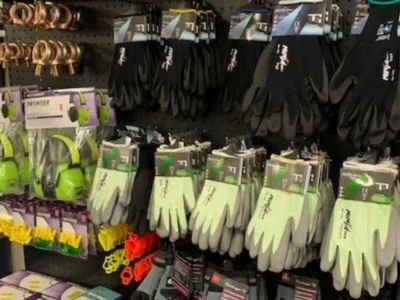Edcon Tool Box
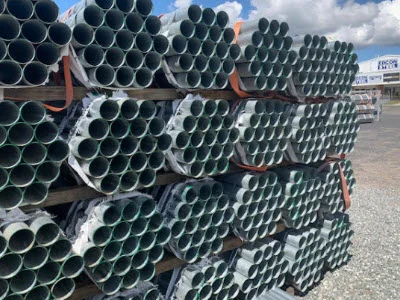
Why you should use gal fencing this season
Read more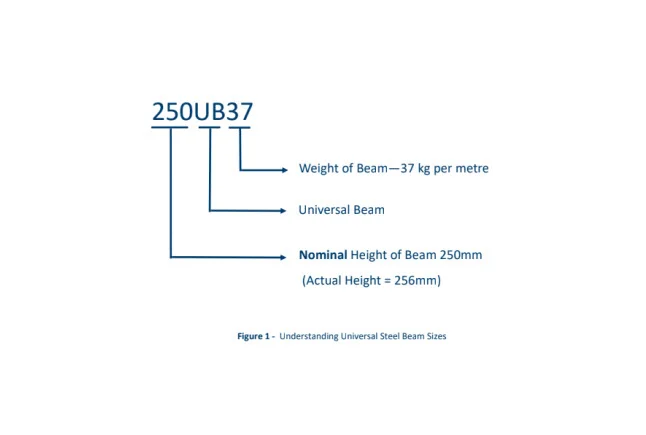
Beginners Guide to Structural Steel Beams
Read more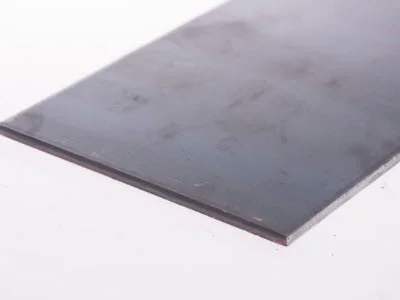
Benefits of grade 250 mild steel sheet and plate
Read more
Stainless steel: six common questions
Read more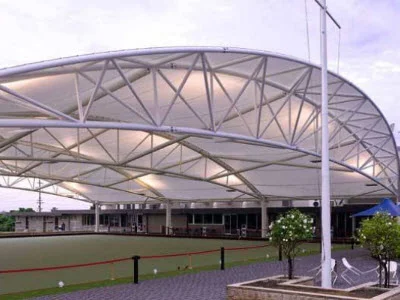
Reasons to use structural steel
Read more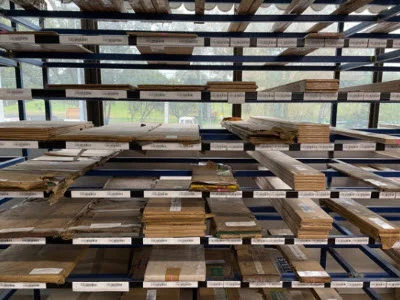
Tool steel grades explained
Read more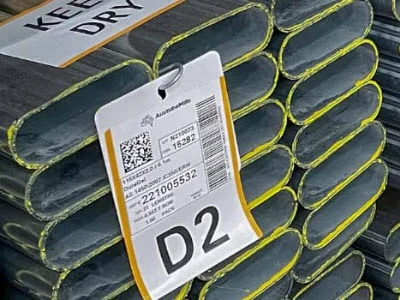
Galvanised steel tube coatings
Read more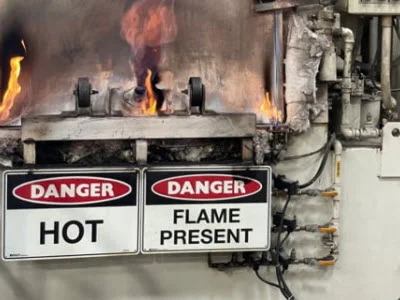
Heat treating processes for metals
Read more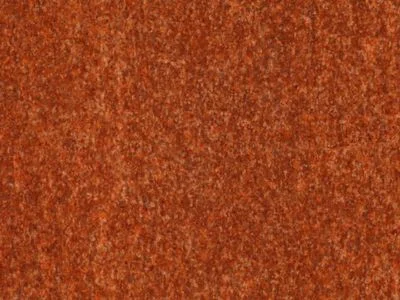
The importance of steel protection
Read more